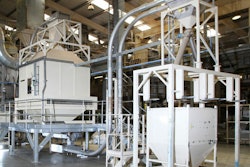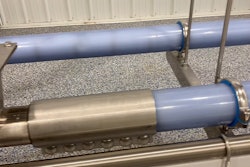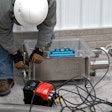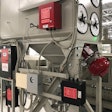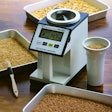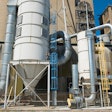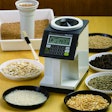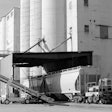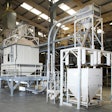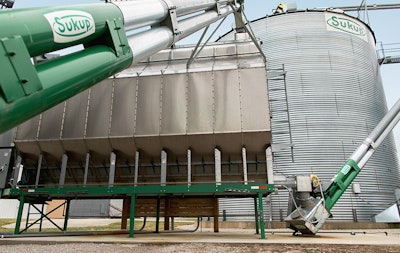
When it comes to energy costs, commercial grain drying facilities need to plan ahead and lock in savings for improved bottom lines.
With planting season right around the corner and fuel prices escalating across most markets, now is the time to contact propane suppliers, discuss fuel contract options and consider filling propane tanks earlier this year to maximize savings.
When it comes to preparing for harvest, grain drying, and heating energy needs, the Propane Education & Research Council (PERC) is here to help — offering the tools and information needed to keep operations running smoothly throughout the year.
Heat up profitability
Propane grain dryers offer the freedom to dry crops on their own schedule — all while reducing crop loss and improving yields. Instead of gambling with leaving crops in the field, grain drying offers flexibility in the timing of harvest and control over marketing grain, to deliver the best grain possible all on your own terms.
Today’s propane-powered grain drying technology is up to 50% more efficient than older models, for savings you can count on.
Propane will not contaminate grain and because it is portable and stores exceptionally well, there is no need to drain tanks or stabilize fuel from one season to the next.
With a higher BTU than natural gas and reliable on-site fuel storage, propane also means fewer shutdowns.
As the number one choice of American producers for decades, propane grain drying is known to be reliable, effective, and efficient.
Designed with fast-paced, high-yield operations in mind, new grain drying models and technology offer even longer lifespans and lower maintenance requirements for more drying time, less downtime, and better savings overall.
As grain facilities face many new challenges, all these factors are becoming even more important for successful production.
Take back control
While there is little control over many of the factors currently affecting the agriculture industry, the use of propane-powered equipment ensures operations have the energy they need to maintain the precise temperatures and grain drying levels needed for optimal outputs.
Propane can be stored long-term and on site, ensuring continuous access anytime and anywhere. With more than 60,000 miles of pipeline and thousands of suppliers, propane is readily available throughout the U.S.
Propane use means never having to depend on location to a gas line or power grid system and never having to worry about sudden power outages or peak pricing.
Act now to optimize savings
Now is the time to prepare for upcoming energy needs through these early tank fills or adding more propane storage to your operation. Work with your supplier to create a delivery schedule that works for you and ensures your tank is always full when you need it most.
For a quick estimate of the gallons you will need, PERC has developed a Grain Dryer Propane Use Calculator. Simply input “acres,” “average yield,” and “percentage of moisture drop” to estimate total gallons needed and work with your supplier to fulfill those needs.
Author Michael Newland is director of agriculture business development for the Propane Education & Research Council, a nonprofit that provides leading propane safety and training programs and invests in research and development of new propane-powered technology. PERC is operated and funded by the propane industry. Newland can be reached at [email protected].
More information about propane for grain drying.


